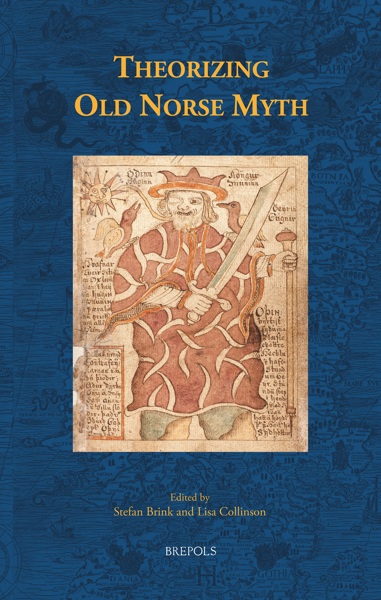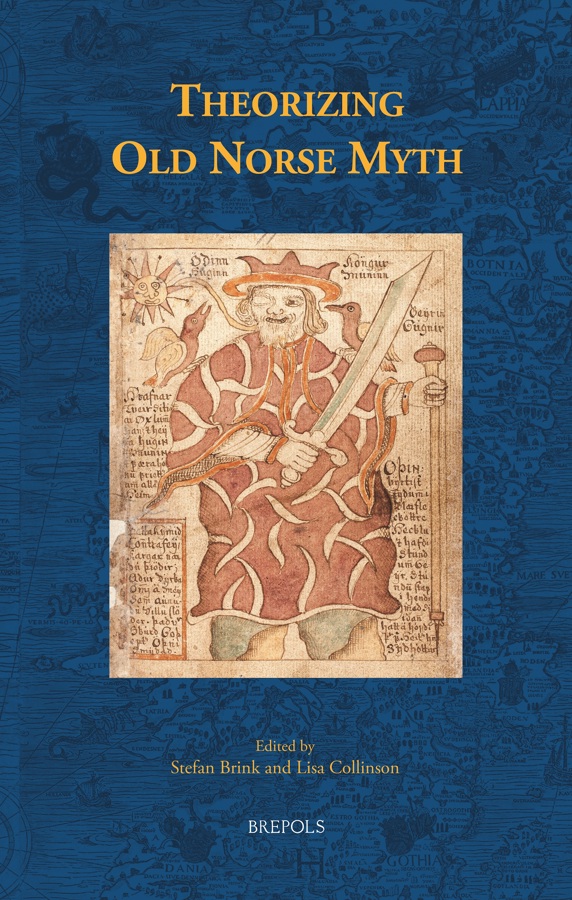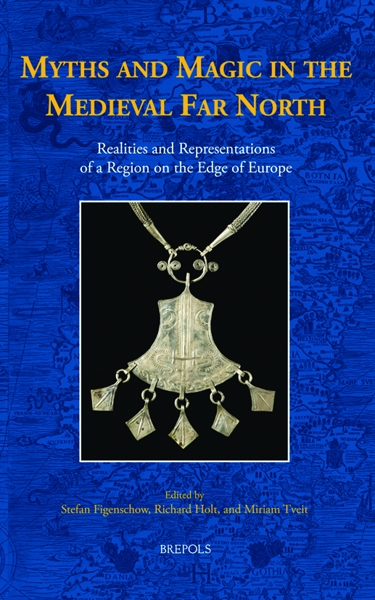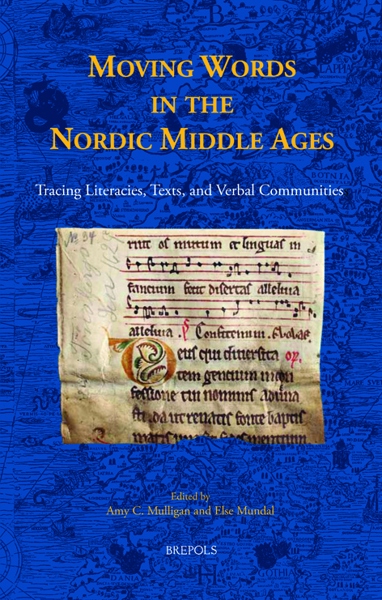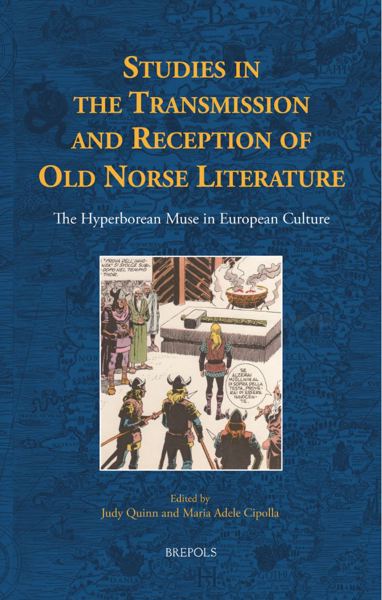
Theorizing Old Norse Myth
Stefan Brink, Lisa Collinson (eds)
- Pages: viii + 264 p.
- Size:156 x 234 mm
- Illustrations:7 b/w
- Language(s):English
- Publication Year:2018
- € 90,00 EXCL. VAT RETAIL PRICE
- ISBN: 978-2-503-55303-0
- Hardback
- Available
- € 90,00 EXCL. VAT RETAIL PRICE
- ISBN: 978-2-503-55421-1
- E-book
- Available
This collection explores the theoretical and methodological foundations through which we understand Old Norse myths and the mythological world, and the medieval sources in which we find expressions of these.
“This is a fine model for an academic volume to present: seldom do such collections incorporate a discussant such as this, and the volume thereby frames itself as part of an ongoing debate in a field that does not rest.” (Roderick McDonald,, in Parergon, 35/2, 2018, p. 200)
“These are carefully formulated reflections on the part of an experienced interpreter of Old Norse myths, one who privileges the sometimes cryptic singularity of individual sources over explanations inspired by particular theoretical prisms without dismissing their potential usefulness. More importantly for literary scholars, McKinnell reminds us that the cosmic dramas of Old Norse myth have an effect upon their recipients, including modern interpreters, that is as much moral and emotional as it is cognitive and epistemological.”(Craig R. Davis, in The Medieval Review, 20/06/2019)
This collection explores the theoretical and methodological foundations through which we understand Old Norse myths and the mythological world, and the medieval sources in which we find expressions of these. Some contributions take a broad, comparative perspective; some address specific details of Old Norse myths and mythology; and some devote their attention to questions concerning either individual gods and deities, or more topographical and spatial matters (such as conceptions of pagan cult sites). The elements discussed provide an introductory and general overview of scholarly enquiry into myth and ritual, as well as an attempt to define myth and theory for Old Norse scholarship. The articles also offer a rehabilitation of the comparative method alongside a discussion of the concept of ‘cultural memory’ and of the cognitive functions that myths may have performed in early Scandinavian society. Particular subjects of interest include analyses of the enigmatic god Heimdallr, the more well-known Óðinn, the deities, the female ásynjur, and the ‘elves’ or álfar. Text-based discussions are set alongside recent archaeological discoveries of cult buildings and cult sites in Scandinavia, together with a discussion of the most enigmatic site of all: Uppsala in Sweden. The key themes discussed throughout this volume are brought together in the concluding chapter, in a comprehensive summary that sheds new light on current scholarly perspectives.
Introduction — STEFAN BRINK and LISA COLLINSON
Theorizing Myth and Ritual — ROBERT A. SEGAL
Myth and Theory: Where is the Point? — KAREN BEK-PEDERSEN
Old Norse Myth and Cognition — MARGARET CLUNIES ROSS
The Reintroduction of Comparative Studies as a Tool for Reconstructing Old Norse Religion — JENS PETER SCHJØDT
Heimdallr in Hyndluljóð: The Role and Function of the ‘Enigmatic God’ in an Enigmatic Poem — SEBASTIAN CÖLLEN
How High Was the High One? The Roles of Oðinn and Þórr in Pre-Christian Icelandic Society — TERRY GUNNELL
Groups, Lists, Features: Snorri’s Ásynjur — JOHN LINDOW
Cultural Memory and Old Norse Mythology in the High Middle Ages — PERNILLE HERMANN
Uppsala — in Myth and Reality — STEFAN BRINK
On Elves — RUDOLF SIMEK
Summing Up — JOHN MCKINNELL
